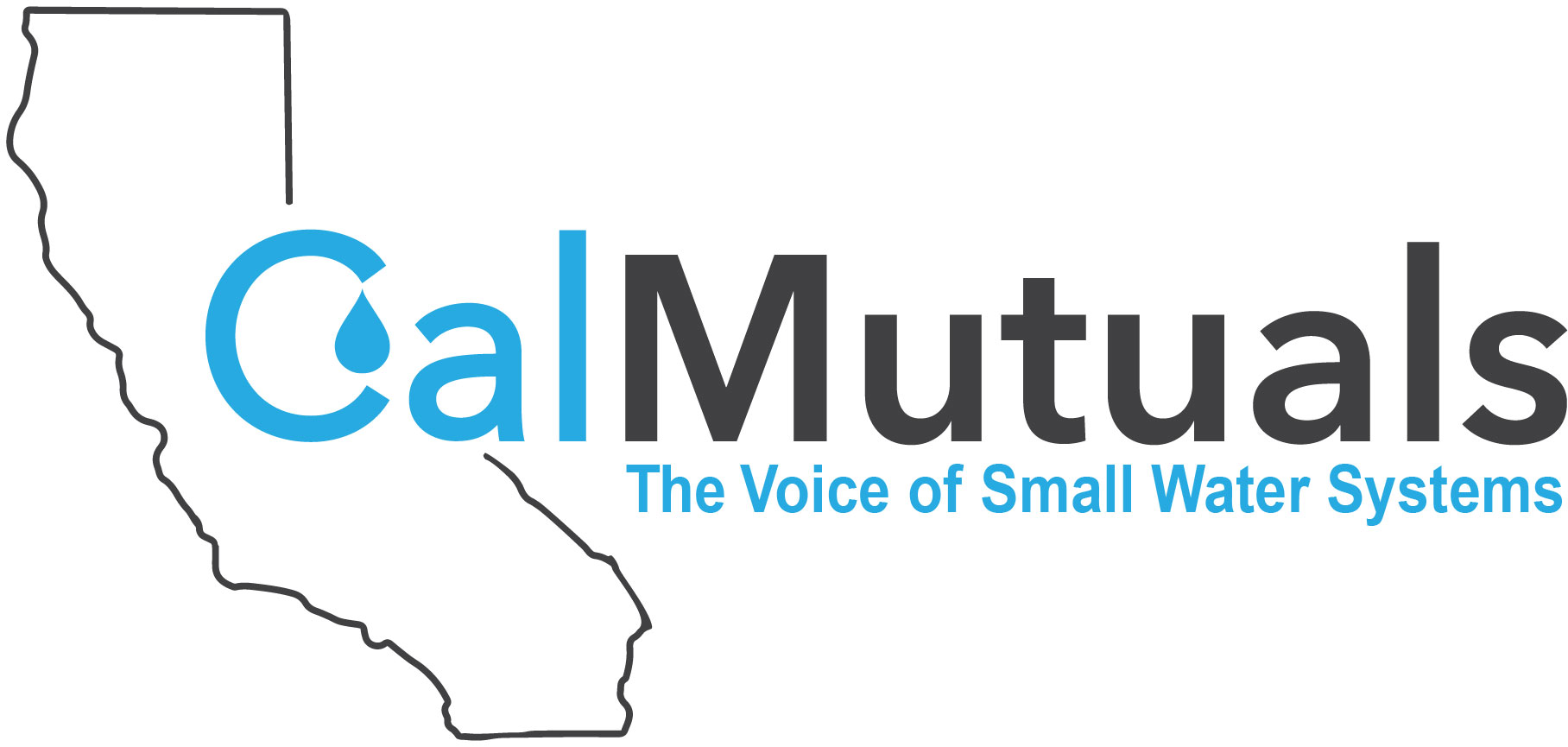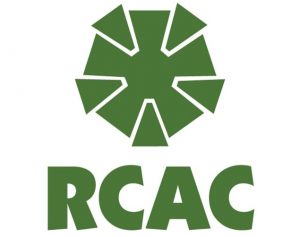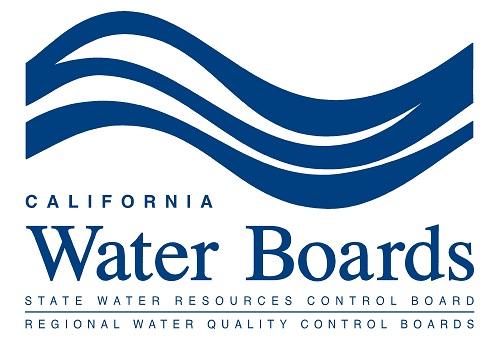Webinar | Safe Transit of Farm Equipment [Spanish]
Webinar OnlyTractors, harvesters and other types of farm equipment travel daily on public roads. Unfortunately, fatal accidents involving farm equipment transit are increasing. Most of these accidents relate to another motor vehicle driver’s inability to react to or recognize slow moving and unfamiliar farm equipment. Farm equipment operators are also vulnerable to accidents on public roads due to the equipment’s large size and slow speed. In this course, you will learn best practices to plan, coordinate and conduct safe transit of farm equipment on public roads. This session covers: Key factors that contribute to farm equipment accidents on public roads Pre-transit planning considerations Farm equipment transit visibility and lighting requirements Safe transit practices for farm equipment operators


